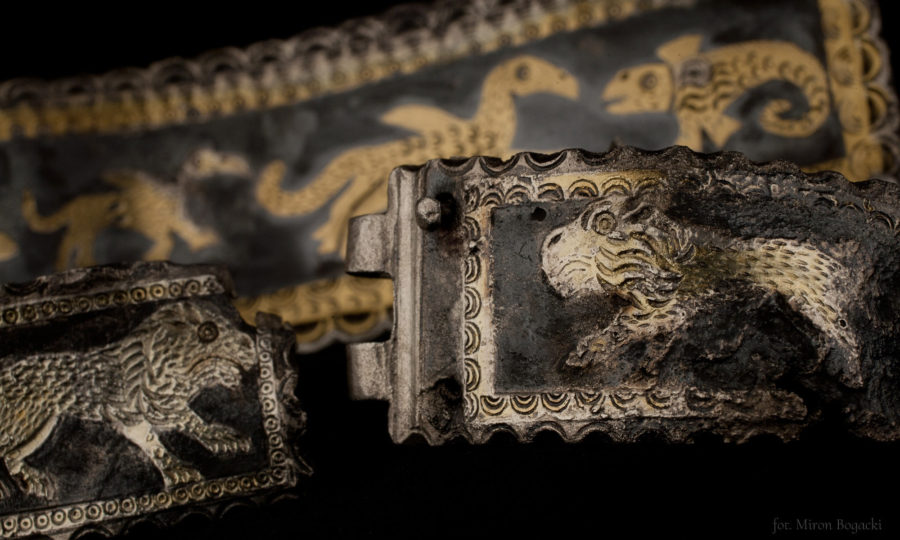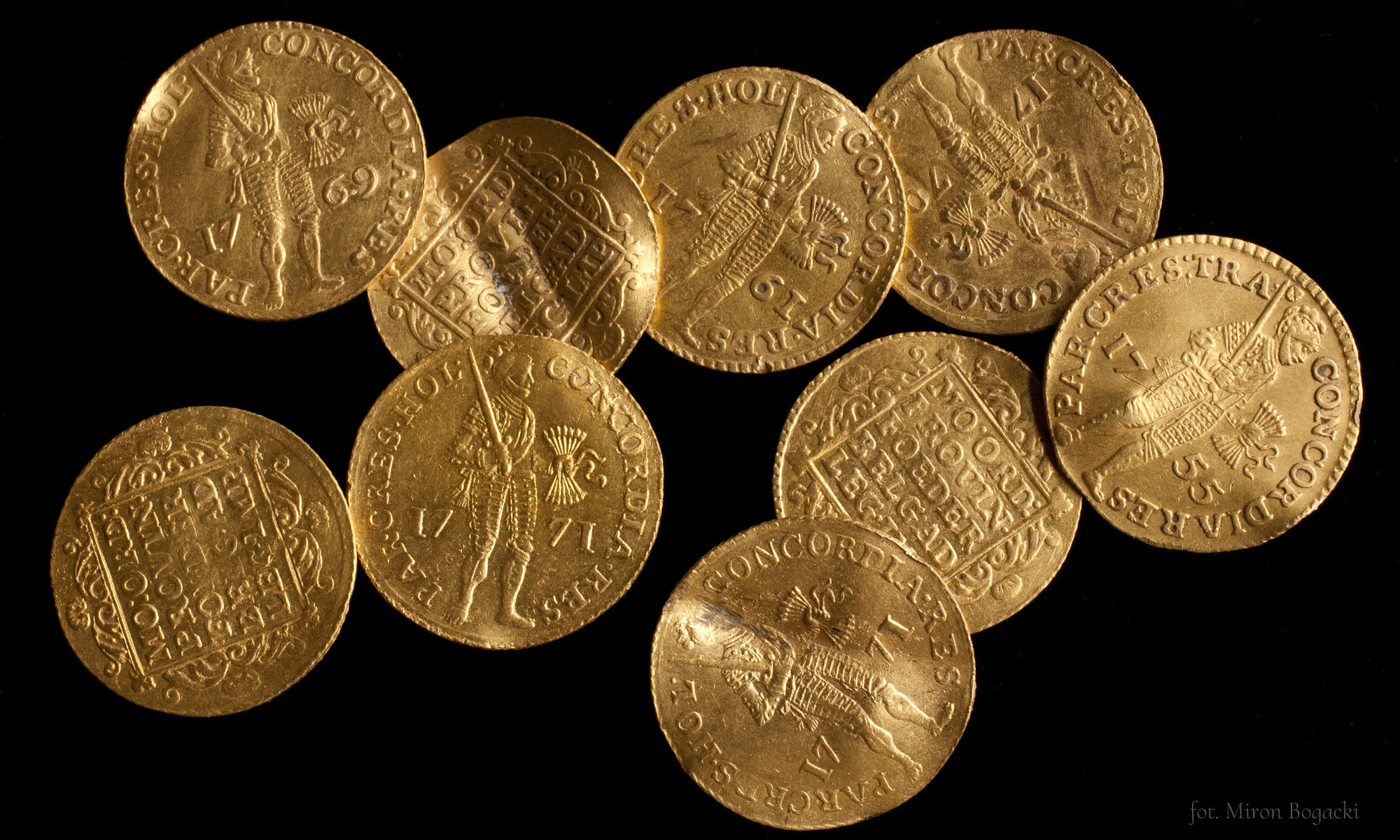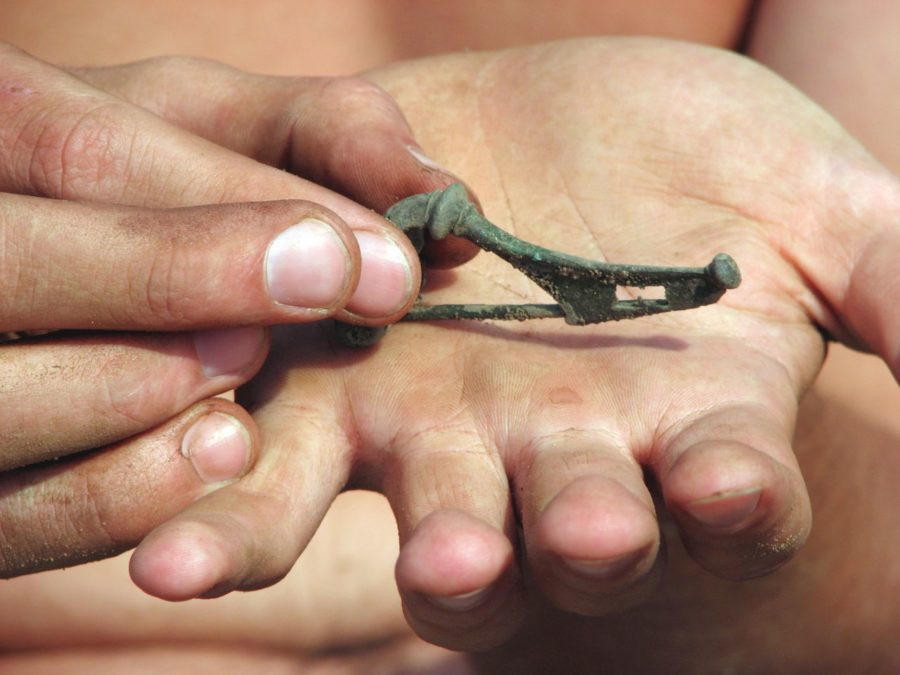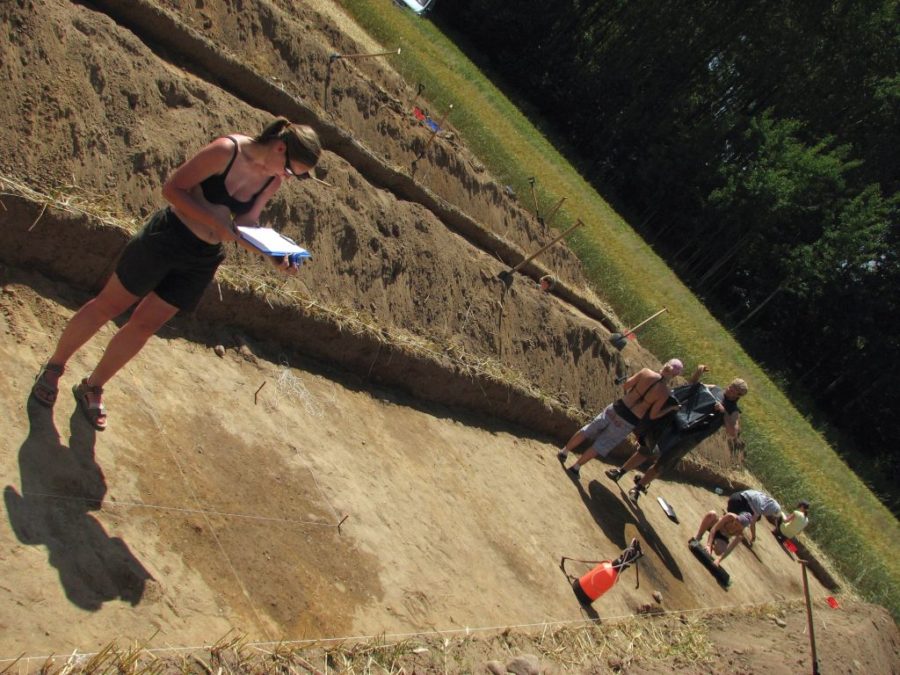
Person conducting excavation:
Tomasz Nowakiewicz, Ph.D. (IAUW), Aleksandra Rzeszotarska-Nowakiewicz, Ph.D. (IAE PAS)
Country: Poland
Type of the site: bog-site
Involved institutions:
Institute of Archaeology and Ethnology Polish Academy of Sciences
Description of the research:
Nidajno-bog is the first in Poland with evidence on the practice of bog sacrifice, better known and associated with ancient Germanic societies and their sites in southern Scandinavia (like Illerup Ådal, Nydam, Thorsberg). In this rite the weapons and various items of a warrior’s equipment (numerous spearheads, battle knives, swords, chainmail) were cast into the waters of a marshy lake. Many of them had been ritually destroyed.
An excavations Czaszkowo are a methodical and logistic challenge, unprecedented in Polish archaeology. However, they provide results without analogies also.
During the research conducted in the sedimentation layers of the former lake, very numerous fragments of weapons were recorded (spearheads, large fighting knives, swords, spurs and even chain mail), among which a significant group was imported from the provincial-Roman zone. Spectacular find is a group of extremely valuable objects manufactured in the best workshops of the ancient classical world: richly decorated belt buckles with zoomorphic representations, larger mounts with images of gryphons, capricorns and less easily identified hybrid beasts, sword-fittings plated in gold (decorated with motif of lions, birds and dolphins), silver and gold figurine of a vulture and fragments of glass cup.
Unusual accumulation of prestigious signs of power which is visible on the items from Czaszkowo is a unique phenomenon not only in the Masurian scale but even the entire continent.
However, the reasons of their placement in the Masurian marsh are still unclear. There is also unclear whether the rituals were practiced by members of a Germanic war band on their way to their Scandinavian homeland from the frontier of Roman Empire or by Balts (Galindians) returning from the same region where they had learnt the prestigious and impressive ritual from their Germanic associates. There is also impossible to rule out that the most valuable finds from Nidajno found themselves in Masuria region as a diplomatic gift handed down in Late Antiquity to one of the local chiefs by one of the rulers of the Ancient world.




